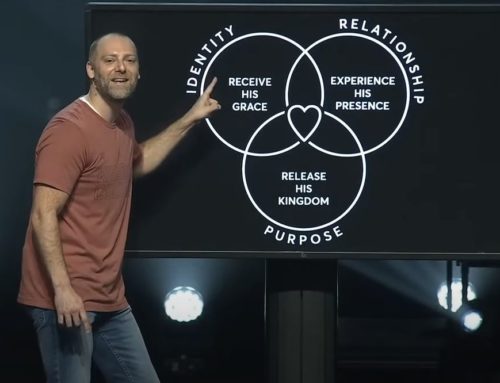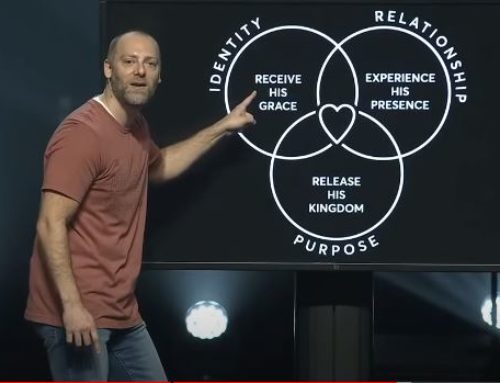Imagine yourself in this scenario. It’s a beautiful Saturday morning. You are at the breakfast table enjoying a leisurely meal. You look out the window and then turn to your partner, “Babe, we should go for a bike ride later. It’s a perfect day!” Does your partner turn to you and respond with?
A. “That’s a great idea! I’ll go pump up the bike tires!”
B. “It is a beautiful day outside.”
C. “A bike ride? Really? I can’t think of anything I’d like to do less.”
D. (Keeps reading the paper.)

In this scenario did you know that the request to go on a bike ride together is actually what we call a bid for connection? A bid relates to the idea that a partner is “bidding” for an interaction; they are trying to engage in some type of communication. Bids cover a wide range of interaction from a simple look to a funny story. A partner uses a “bid” to initiate conversation or to encourage further interaction or discussion.
We will come back to those responses to the bike ride bid later!
So what does a bid look like?
Basic Types of Bids
• Silent: Any nonverbal behavior that a partner can notice and acknowledge; pointing out the window, handing the partner an object, staring.
• Comment: Any verbal remark, observation or statement. Can be a low level or high level:
Low Level Comment High Level Comment
There’s another boat. I’d love to have a boat like that!!
A vacation sounds good. Wow look at this awesome cruise!
I’m going to lunch with Dave. Dave is such a great guy to be with!
• Question: A low level question is a request for information or general interest. A High level question bid is about the partner’s opinion, thoughts, feelings.
Low Level Question High Level Question
Did Bob say we’re boring? Do you think we’re boring?
Are we going to moms for Christmas? What do you think about going to mom’s for Christmas?
• Playful bid: Full of fun and good spirits; good-natured physical sparring or jesting; tossing a ball or piece of candy at your partner; patting your partner.
So a bid is looking for attention, engagement, interest, support, or affect.
How do we respond to bids?
There are three basic types of response to a bid: turning toward, turning away, or turning against.
This is what it looks like in our bike-riding scenario…
A. “That’s a great idea! I’ll go pump up the bike tires!” TURNING TOWARD
B. “It is a beautiful day outside.” TURNING TOWARD
C. “A bike ride? Really? I can’t think of anything I’d like to do less.” TURNING AGAINST
D. (Keeps reading the paper.) TURNING AWAY
Turning Toward: A positive response toward a bid for connection. It does not always mean “yes” is the answer.
Turning Away: Usually a lack of direct response or preoccupation with something else.
Turning Against: A negative response toward a bid: characterized by disgust, contempt, criticism, or anger.
Bids for Connection and Turning Toward is a powerful concept understood by the Gottman Institute through their research on couples spanning over 40 years! John Gottman found how couples Turn Toward, or respond positively to a bid for connection, can actually predict the health of a couple’s relationship.
In couples doing well, 86% of bids are “turned toward.” Only 33% of bids are positively responded to in failing couples.
How you respond to bids matters to the success of your relationship!
In other research couples say the reason they “fail” in relationships was a feeling of:
• Gradually growing apart
• Losing a sense of closeness
• Not feeling loved and appreciated
The problem is emotional disengagement. There is an absence of positivity and emotional connection. Frequent responses of turning away or turning against over a prolonged time, add up to emotional distance and disengagement. It looks like being unresponsive to one another, being emotionally unavailable, no sense of a close friendship and a lack of soothing one another.
If turning away from and turning against are the roots of these problems, what is the answer?
Turning toward!
How do your respond to your partner? Is this an area to change?
Let us know what you think. Leave us a comment below.




